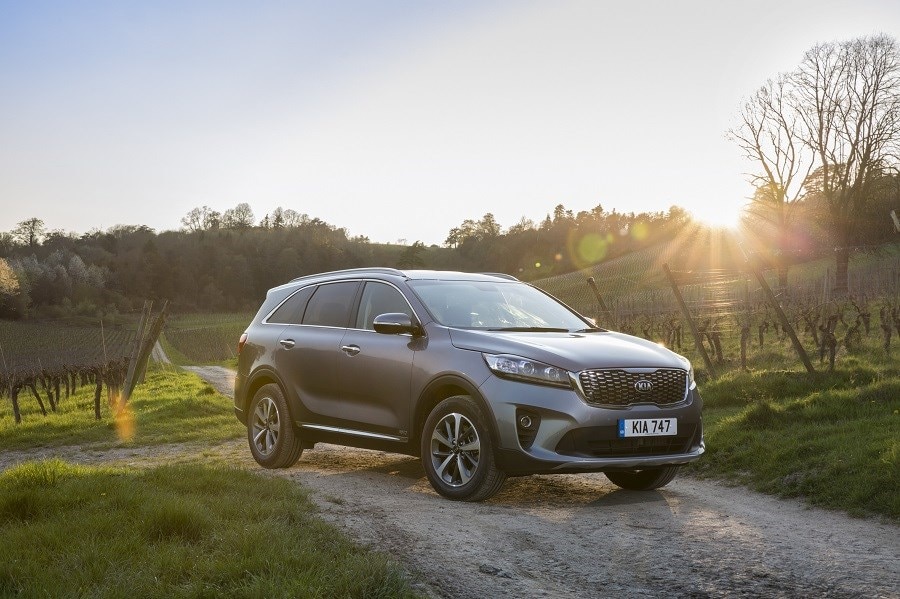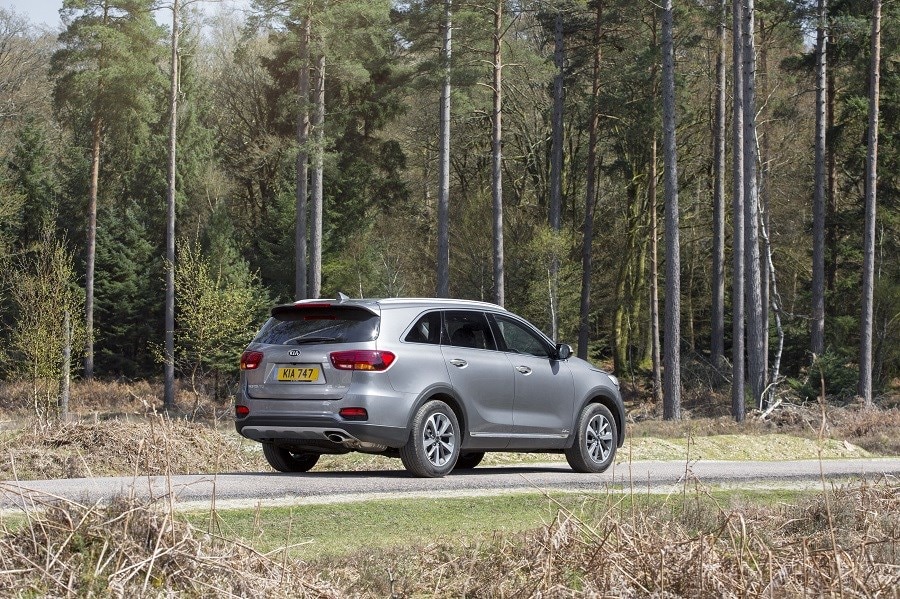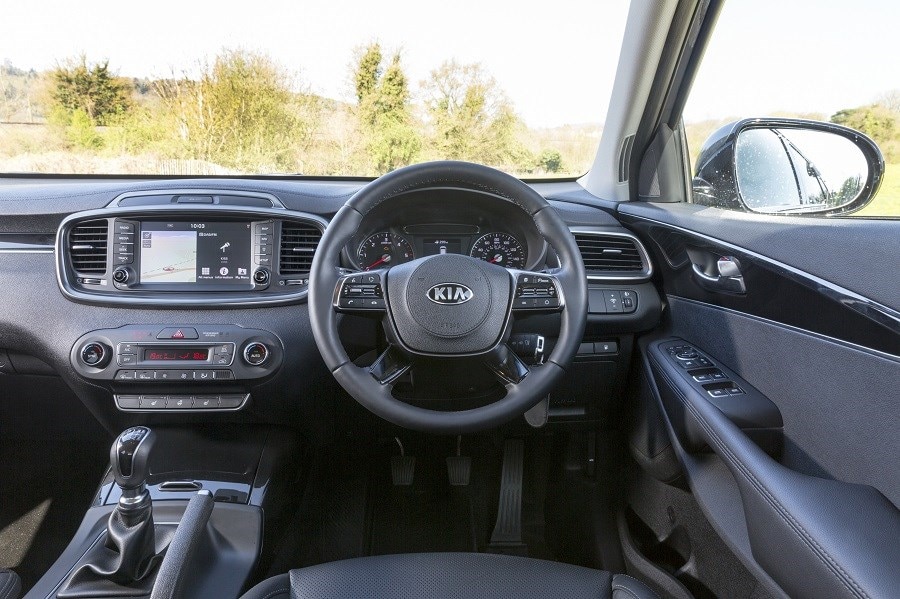Latest model
A revised Sorento was unveiled in September 2017, with the updated version going on sale at the start of 2018.
While it was a small facelift, the Sorento featured new front and rear bumpers, new front and rear lights and a new dark finish to Kia’s trademark tiger-nose front grille. A couple of new colours were also available.
The interior benefited from further tech improvements to the touchscreen, as well as a greater use of soft touch plastics to help make the Sorento to feel like a more upmarket model.
Alongside a new eight-speed automatic transmission, Kia also launched a new GT-Line trim for the Sorento. GT-Line models can be distinguished from their ‘ice-cube’ LED fog lights, red brake callipers, painted side sills and a chrome twin exhaust tip at the rear.
Value for money
The Sorento is no longer the SUV bargain it once was, with prices starting from £30,225 and rising to £43,000 for top spec models. Entry-level models make more financial sense than the top versions – particularly as the Sorento is a model known for depreciating heavily.
Standard equipment is good, although not especially generous. The base-spec KX-1 features 17-inch alloy wheels, rear parking sensors, a seven-inch touchscreen with Android Auto and Apple CarPlay, although a few more luxuries wouldn’t go amiss for the price.
But that said, when you compare it to more premium small models from the likes of Audi, Land Rover and BMW, it can look quite good value.
Early Sorentos can be picked up for under £1,000, although we’re looking at the latest generation here. Examples from 2015 can be picked up for just £16,000, which is around half the original list price in three years, making the Sorento a fantastic used buy. There are also some fantastic discounts on the facelifted model, too. We saw a six-month-old Sorento in mid-spec KX-2 trim, and with less than 1,000 miles on the clock for £25,000.
Looks and image
The latest Sorento is certainly the smartest it has ever been. The new bumpers, revised chrome grille and smarter lights have made the SUV look far fresher than it did before. The addition of GT-Line trim has also added another addition to the Sorento, and appeals to those wanting a bit more glam and sporty looks.
The interior has also been stepped up a notch—as it should be as the Sorento is Kia’s flagship model. There are plenty of soft-touch plastics used throughout the cabin, with higher spec versions getting leather and other luxuries such as heated rear seats. A standard-fit seven-inch touchscreen is fitted to KX-1 models, with all other versions benefiting from a larger eight-inch touchscreen. However, there are certain areas of the interior which feel cheap, though these are few and far between.
Unsurprisingly for something as chunky as the Sorento, you can feel its weight when driving. There’s plenty of roll in the corners so it’s not a very dynamic machine to drive. The steering is also more vague than you would hope for, which certainly doesn’t inspire any confidence behind the wheel. However, the Sorento will not be driven by those who want something hugely involving to drive — rather a comfortable cruiser. This it excels at, thanks to comfy seats and a soft, cushioned ride. The 2.2-litre diesel engine delivers an excellent amount of punch, though, which is useful when overtaking





